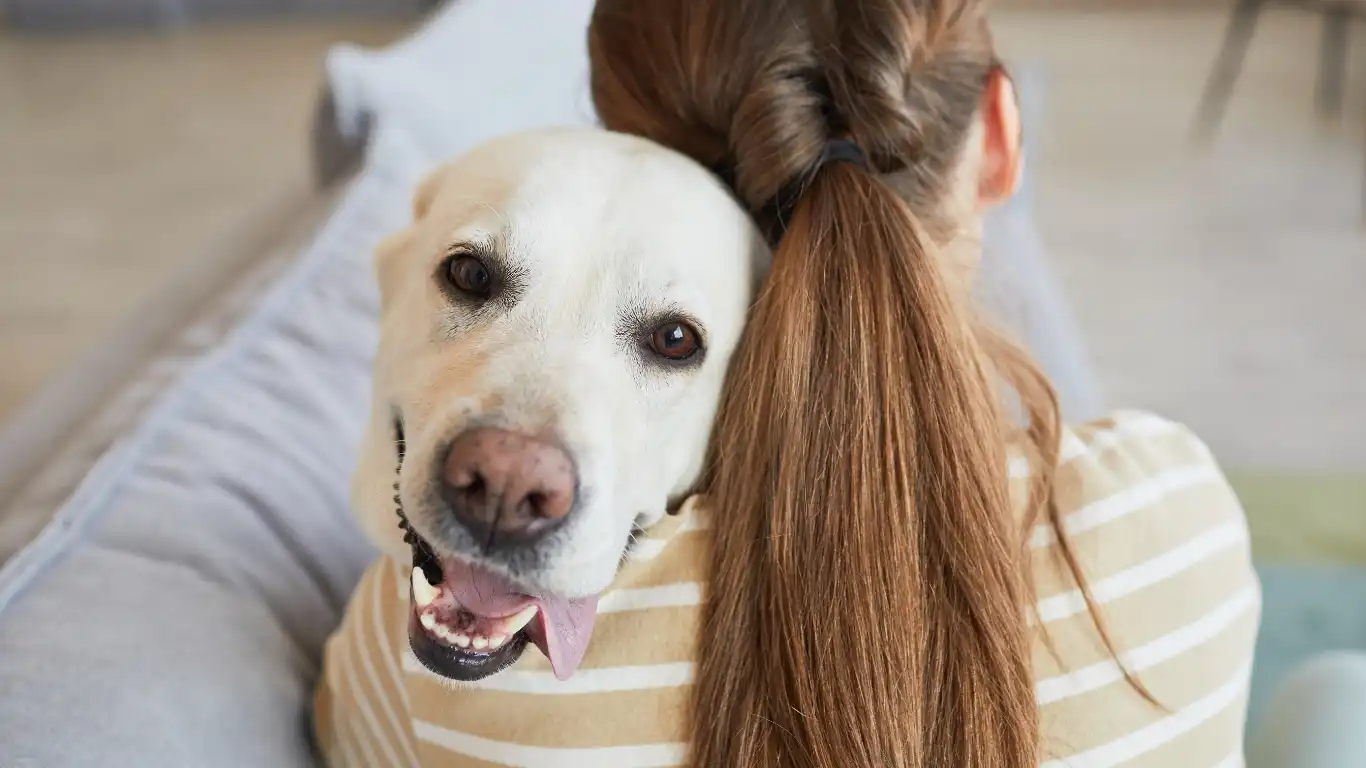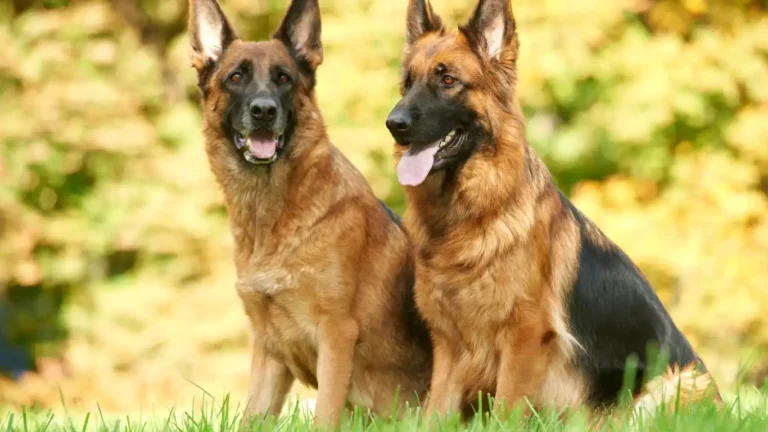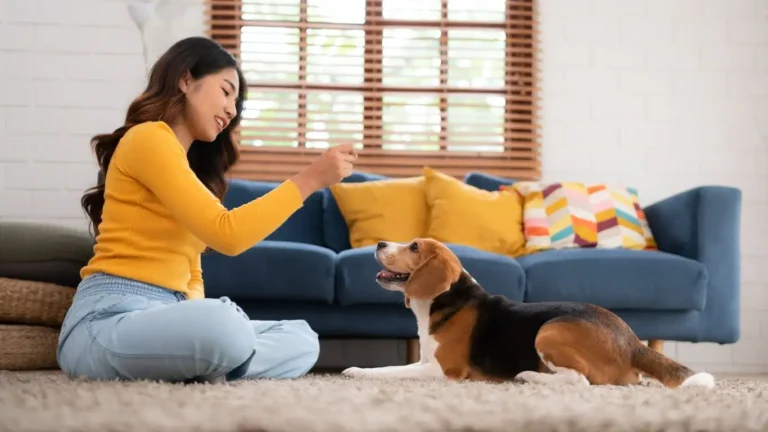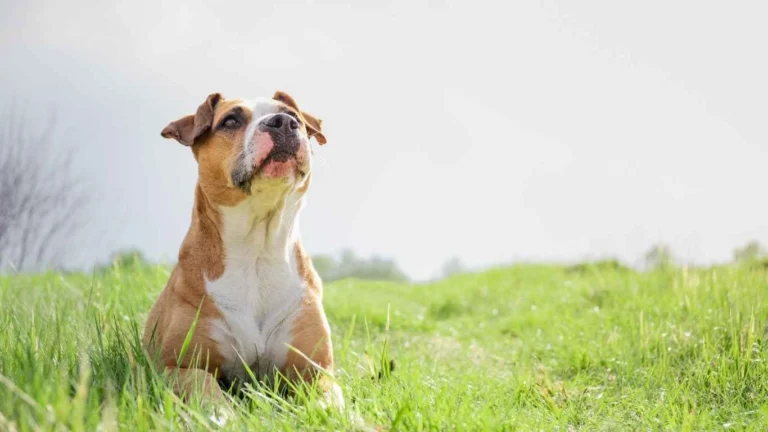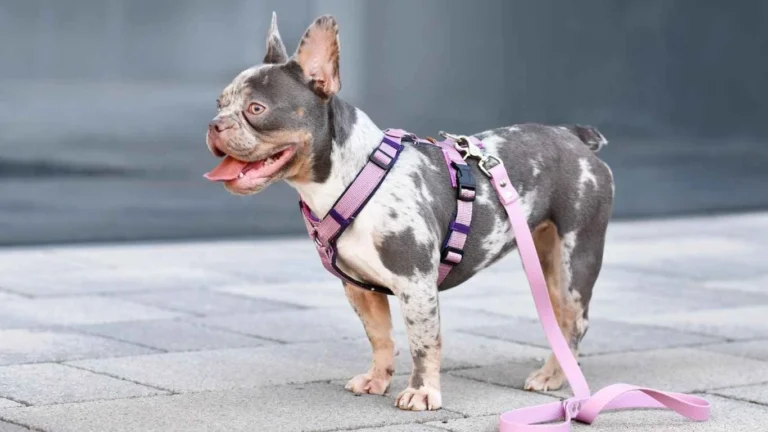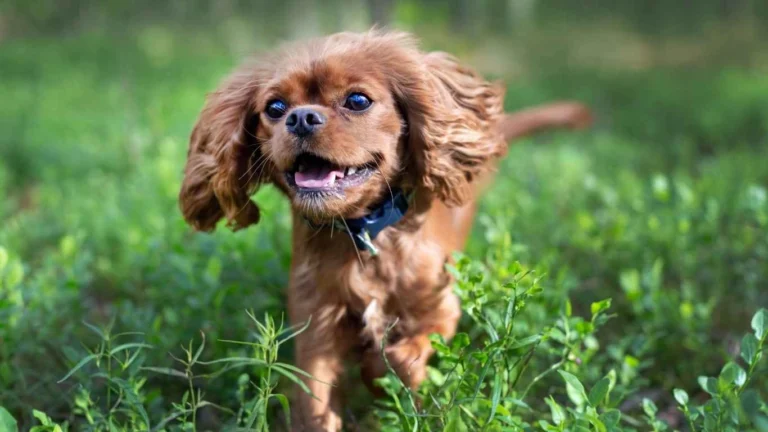Essential Dog Care Tips: Keep Your Pup Happy & Healthy
As a pet nutritionist with years of hands-on experience in veterinary clinics, I’ve seen firsthand how small changes in a dog’s care routine can make a world of difference. Whether you’re a first-time dog parent or a seasoned pro, keeping up with essential dog care tips ensures your furry friend stays happy, healthy, and full of energy. From nutrition and exercise to grooming and vet visits, let’s dive into the must-know aspects of responsible dog ownership.
Balanced Nutrition: The Foundation of Good Health
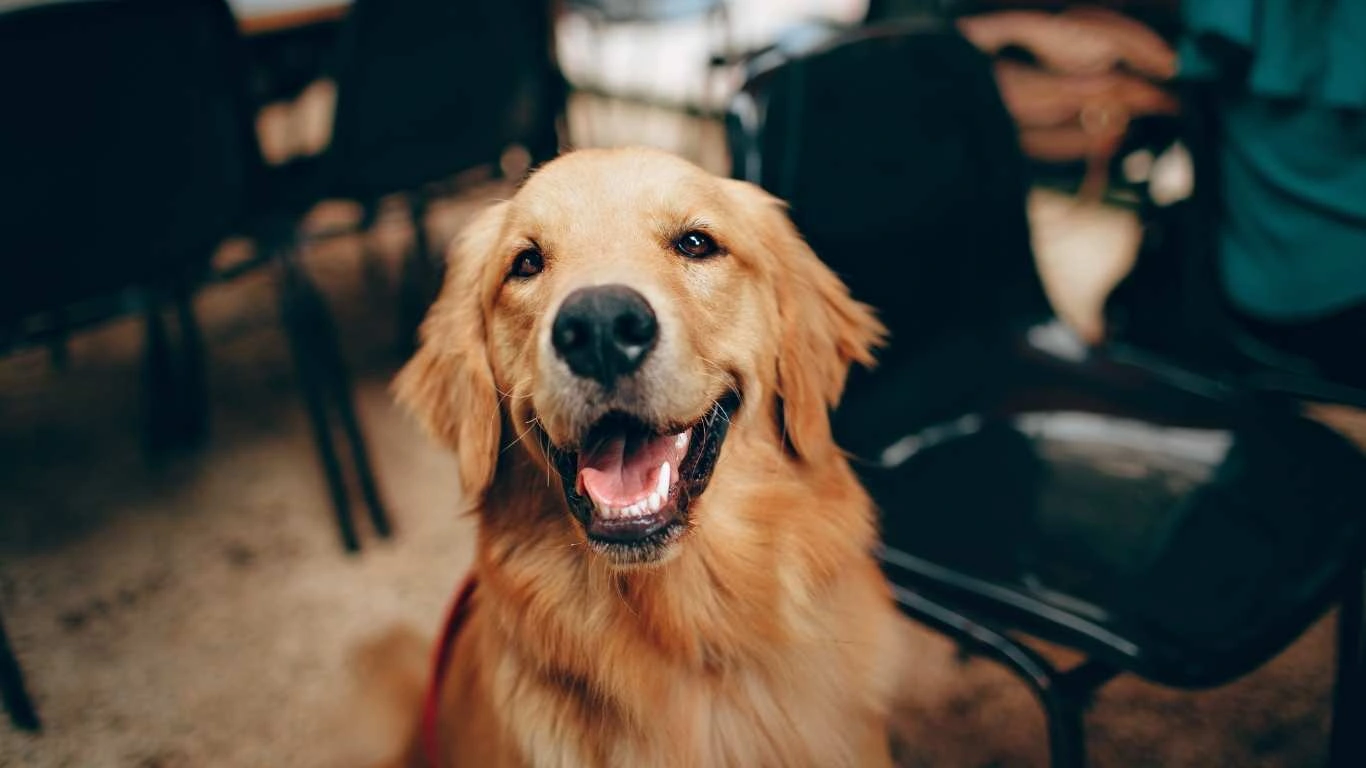
One of the biggest mistakes I’ve seen pet parents make is assuming all dog foods are created equal. Spoiler alert: they’re not! Just like humans, dogs need a well-balanced diet tailored to their specific needs.
Choosing the Right Dog Food
With so many brands out there, picking the right food can feel overwhelming. Here’s what I always tell clients:
- Look for high-quality protein sources like chicken, beef, fish, or turkey as the first ingredient.
- Avoid fillers like corn, wheat, and soy, which offer little nutritional value.
- Check for essential fatty acids (Omega-3 and Omega-6) to support a shiny coat and healthy skin.
- Consider your dog’s age, breed, and activity level when selecting food.
Personally, I’ve noticed that dogs on a high-quality, protein-rich diet have better digestion, healthier coats, and more energy. My own pup, Max, struggled with itchy skin until we switched to a diet rich in Omega-3s—what a difference it made!
Homemade vs. Commercial Diets
Some pet parents prefer homemade meals, and while that’s great, it takes careful planning. If you’re going this route:
- Consult a vet or pet nutritionist to ensure balanced meals.
- Include lean proteins, healthy fats, fiber, and essential vitamins.
- Avoid toxic foods like onions, garlic, grapes, and chocolate.
Commercial dog food is convenient and formulated to meet nutritional standards, but always read the ingredients list carefully. Not all “premium” brands are actually good for your pup!
Hydration: The Often Overlooked Key to Health
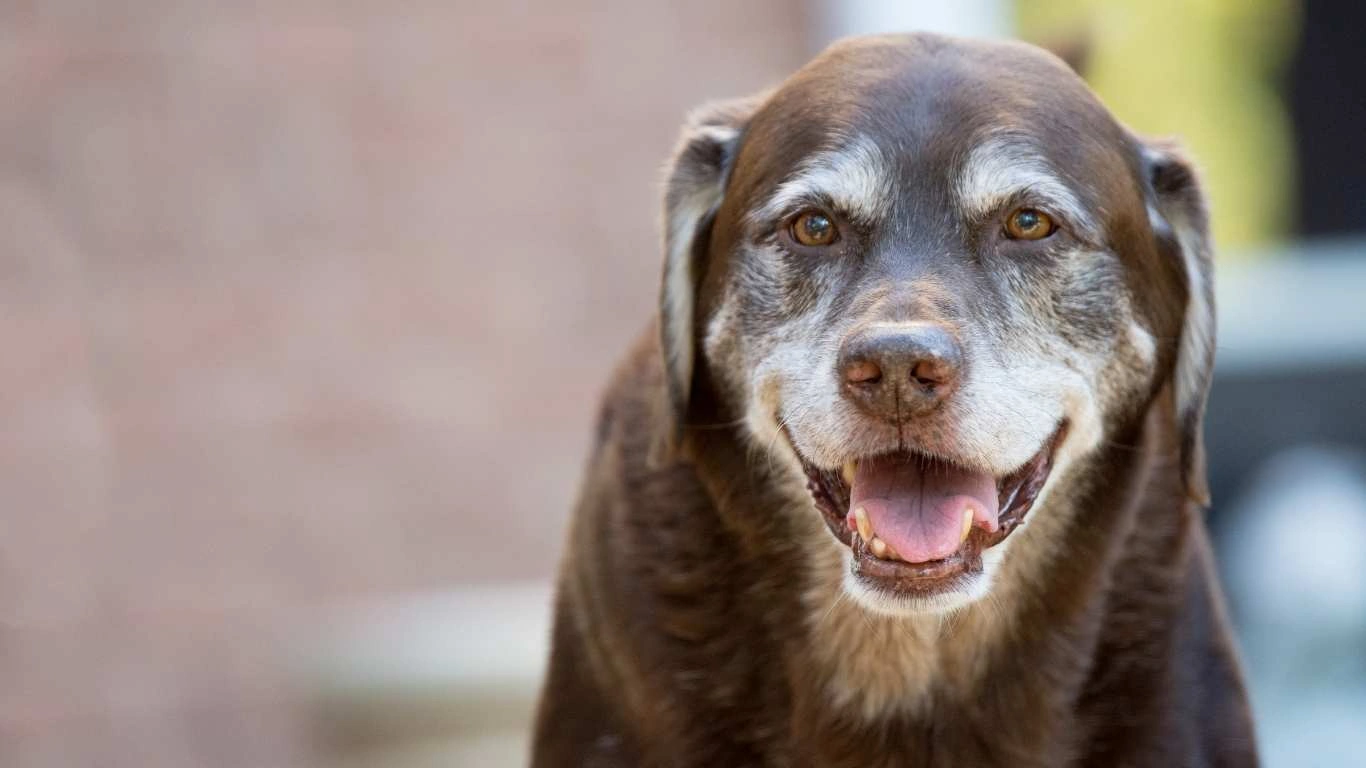
Water is just as important as food. I’ve had pet owners come in worried about their dog’s lethargy, only to realize their pup wasn’t drinking enough water. Dehydration can lead to serious health issues, so always ensure fresh water is available.
How Much Water Does Your Dog Need?
A general rule of thumb: dogs need about one ounce of water per pound of body weight daily. But this varies based on:
- Activity level – Active dogs need more hydration.
- Diet – Dry kibble eaters need more water than raw-fed dogs.
- Weather – Hot days = more water needed.
If your dog isn’t drinking enough, try these tricks:
- Use a pet water fountain—dogs love moving water.
- Add low-sodium bone broth to their meals.
- Offer ice cubes as a fun hydration treat.
Trust me, making hydration a priority can prevent a ton of health problems down the road!
Exercise: Keeping Your Dog Fit and Happy
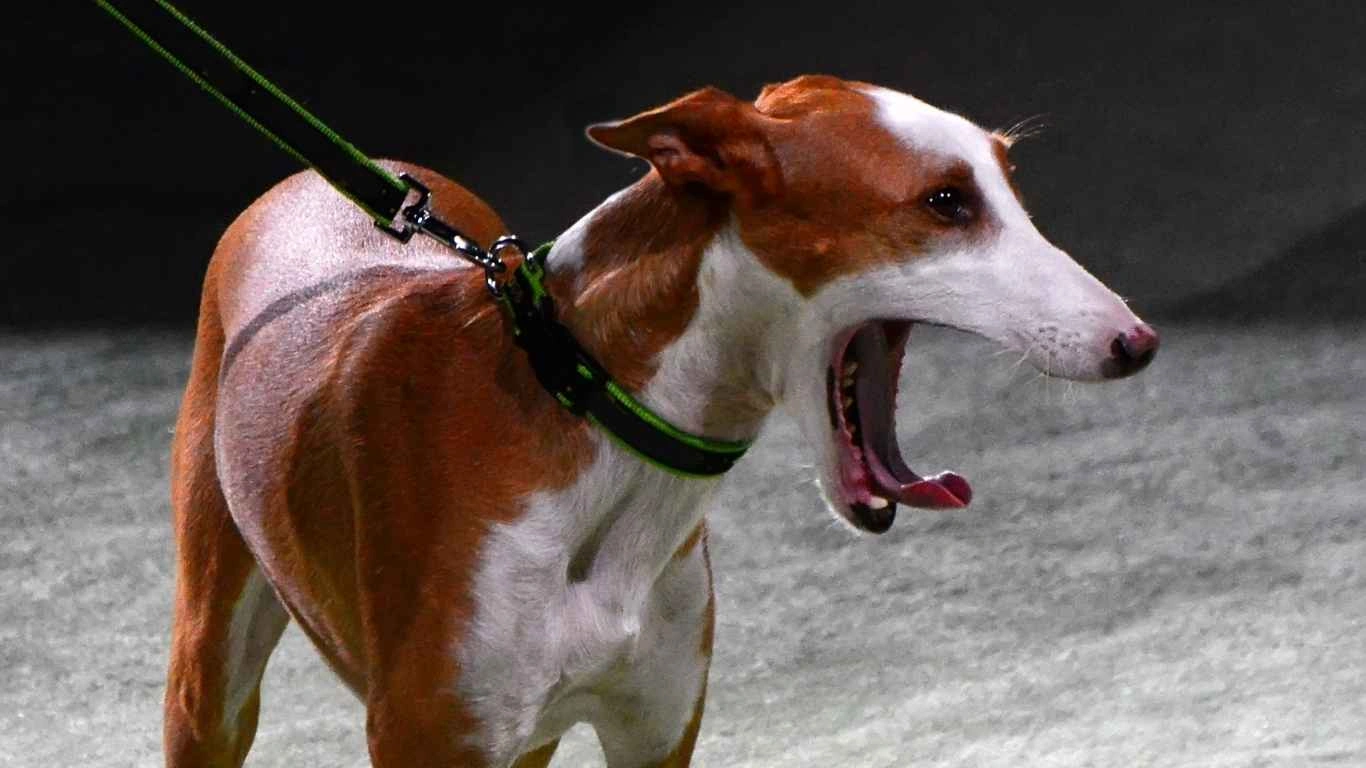
A tired dog is a happy dog! Exercise isn’t just about burning energy; it plays a crucial role in preventing obesity, anxiety, and destructive behaviors.
Finding the Right Exercise Routine
Every dog has different exercise needs. Here’s a quick guide:
- Small breeds (e.g., Chihuahuas, Pugs): 30-45 minutes of light activity daily.
- Medium breeds (e.g., Beagles, Cocker Spaniels): 1-2 hours of exercise.
- Large breeds (e.g., Labradors, German Shepherds): 2+ hours of activity.
Mix up walks with interactive play, swimming, or agility training. I’ve had great success recommending puzzle toys for mental stimulation—especially for high-energy breeds.
Grooming: More Than Just Looking Good
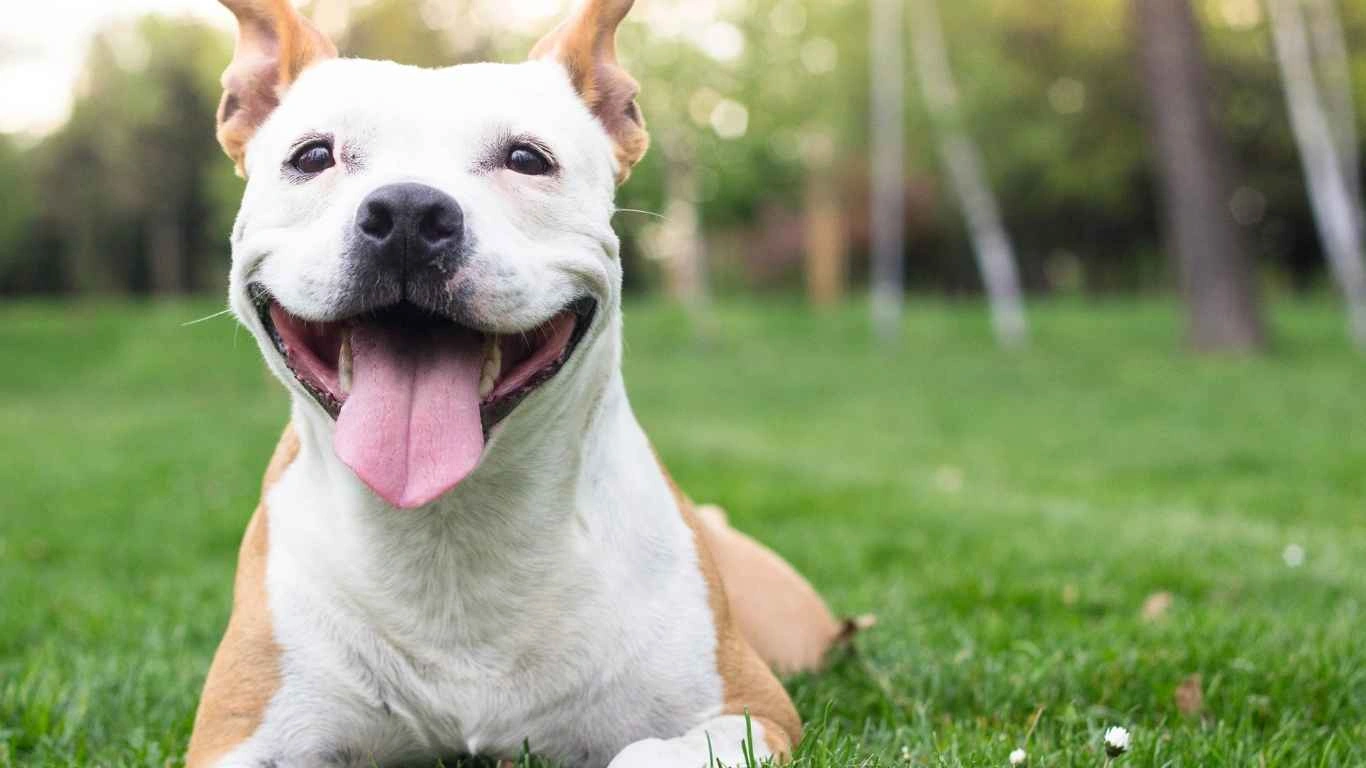
Grooming isn’t just about making your pup look adorable—it’s a vital part of their overall health. I can’t tell you how many times I’ve had pet parents bring in dogs with skin issues, only to find out they weren’t brushing or bathing them properly. Regular grooming helps prevent infections, matting, and even pest infestations.
How Often Should You Groom Your Dog?
The answer depends on the breed, coat type, and lifestyle. Here’s a quick breakdown:
- Short-haired breeds (e.g., Beagles, Boxers): Brush weekly, bathe every 6-8 weeks.
- Double-coated breeds (e.g., Huskies, Golden Retrievers): Brush 2-3 times a week, bathe every 6 weeks.
- Long-haired breeds (e.g., Shih Tzus, Afghan Hounds): Daily brushing, professional grooming every 4-6 weeks.
One of my biggest grooming hacks? Use a high-quality deshedding brush! When my Labrador, Charlie, was blowing his coat, I learned the hard way that a regular brush just wouldn’t cut it. A deshedding tool changed everything—less fur on my couch, and a much happier pup!
Must-Know Grooming Essentials
Make sure your dog’s grooming routine includes:
- Brushing: Keeps fur healthy and reduces shedding.
- Bathing: Use a mild dog shampoo (human shampoo is a no-go!).
- Nail Trimming: Overgrown nails can cause pain and mobility issues.
- Ear Cleaning: Prevents infections, especially in floppy-eared breeds.
- Dental Care: Brushing your dog’s teeth is a game-changer for their health.
Oh, and if your dog hates baths? Try peanut butter on the shower wall—distraction magic!
Regular Vet Visits: Prevention is Key
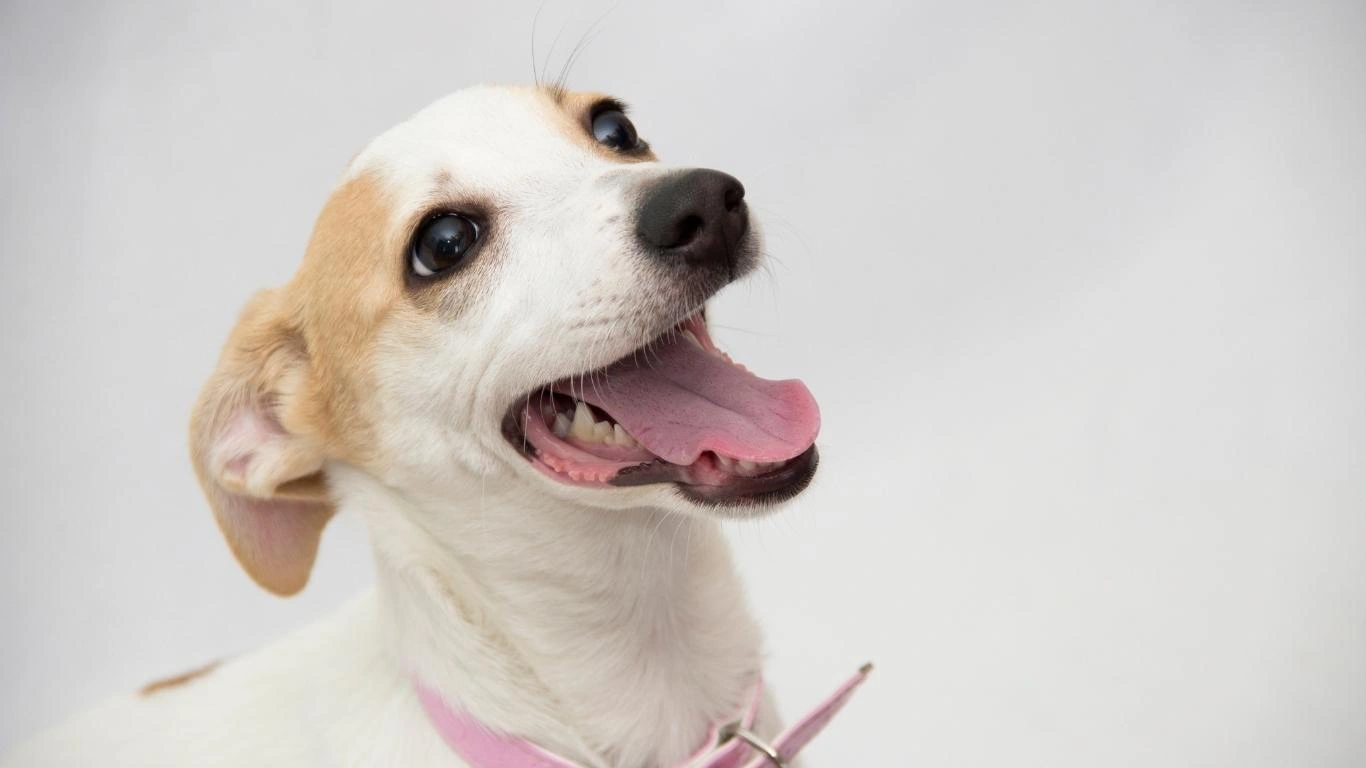
If there’s one thing I always stress to pet parents, it’s this: don’t skip vet visits! I get it—life gets busy, and if your dog seems healthy, it’s easy to put off those routine check-ups. But trust me, catching health issues early can save you heartache (and money) down the road.
How Often Should Your Dog See the Vet?
- Puppies: Every 3-4 weeks until they’re 16 weeks old.
- Adult dogs: At least once a year for a wellness exam.
- Seniors (7+ years): Twice a year for early detection of age-related issues.
Vaccinations, dental checks, and parasite prevention are non-negotiables. I’ve seen too many cases where a simple flea problem turned into a full-blown skin infection just because it wasn’t treated early. Regular vet visits help keep your dog in tip-top shape.
What to Watch For Between Vet Visits
Dogs can’t tell us when something’s wrong, so pay attention to changes in:
- Appetite: Sudden loss of interest in food? Could be a sign of illness.
- Energy Levels: If your usually hyper pup is sluggish, it’s worth a check-up.
- Coat & Skin: Bald patches, redness, or excessive scratching? Get it checked.
- Breathing: Wheezing, coughing, or labored breathing should never be ignored.
When my friend’s dog, Bella, suddenly stopped eating, she assumed it was a picky phase. Turns out, it was a tooth infection that needed urgent care. Never brush off unusual behavior—it could be your dog’s way of saying, “Hey, something’s not right!”
Socialization & Mental Stimulation: A Happy Dog is a Well-Behaved Dog

Dogs aren’t just physical creatures—they need mental stimulation and social interaction to thrive. A bored dog can become anxious, destructive, or even depressed.
Why Socialization Matters
Introducing your dog to different people, animals, and environments early on helps prevent fear-based aggression and anxiety. Socialization isn’t just for puppies, though—it’s a lifelong process!
Ways to Keep Your Dog Mentally Stimulated
- Training Sessions: Even teaching new tricks keeps their mind active.
- Puzzle Toys: Great for independent play and problem-solving.
- Doggy Playdates: A fun way to burn energy and build confidence.
- Interactive Walks: Change routes, let them sniff, and explore new areas.
One of my favorite tricks? A simple snuffle mat! My dogs LOVE searching for treats in it, and it keeps them entertained for ages.
Remember, a mentally engaged dog is less likely to develop behavioral issues. So, mix things up, keep them curious, and you’ll have a happy, well-adjusted pup!
Exercise: Keeping Your Dog Fit and Happy
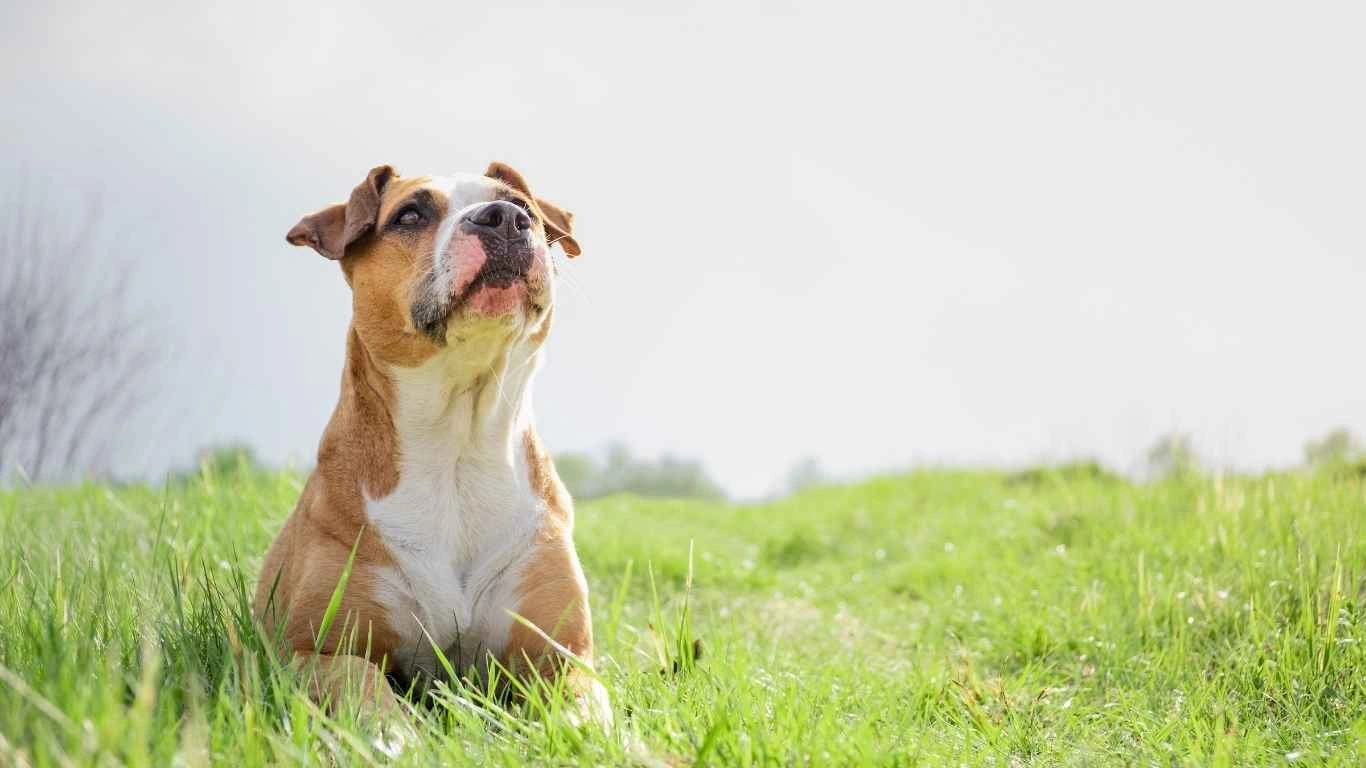
Exercise isn’t just about burning off excess energy—it’s a core part of your dog’s health and happiness. I’ve seen firsthand how a lack of physical activity can lead to obesity, anxiety, and even behavioral problems. Trust me, a tired dog is a happy dog!
How Much Exercise Does Your Dog Need?
Different breeds have different energy levels, so it’s important to tailor their exercise routine accordingly:
- High-energy breeds (e.g., Border Collies, Huskies): At least 60-90 minutes daily.
- Moderate-energy breeds (e.g., Labradors, Cocker Spaniels): 45-60 minutes daily.
- Low-energy breeds (e.g., Bulldogs, Pugs): 20-30 minutes daily.
One thing I always recommend is mixing things up—switching between walks, fetch, agility training, and swimming. My Labrador, Charlie, absolutely adores playing in the water, and it’s been a great low-impact exercise for his joints as he’s gotten older.
Fun Ways to Keep Your Dog Active
- Interactive walks: Let them sniff and explore—it’s mentally stimulating too!
- Flirt poles: Perfect for high-drive dogs that love to chase.
- Hiking adventures: Great bonding experience and fantastic for endurance.
- Doggy playdates: Socialization + exercise = win-win.
And if it’s raining or too hot outside? Indoor activities like hide-and-seek, puzzle toys, and even dog-friendly treadmill sessions can do the trick.
Creating a Safe and Comfortable Home Environment
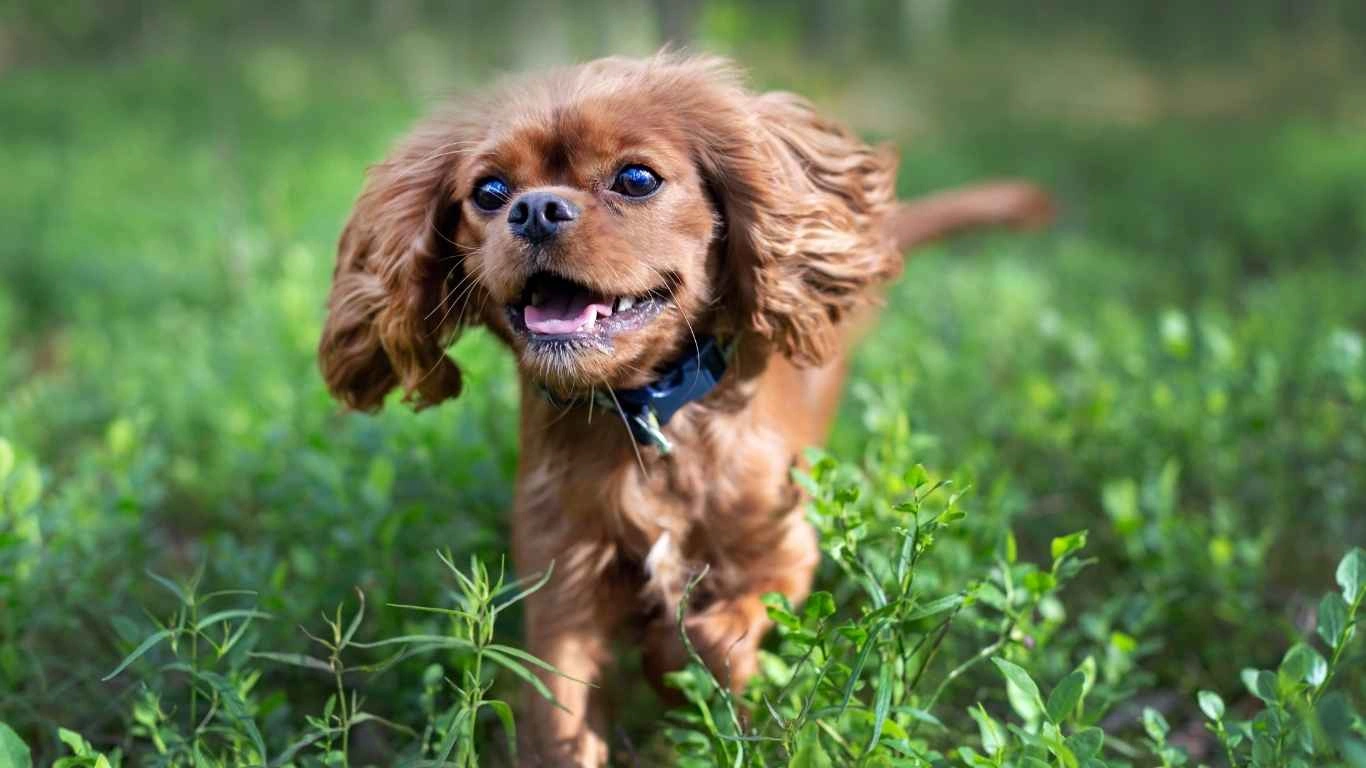
Your dog’s home environment plays a huge role in their well-being. A comfortable, stress-free space can prevent anxiety, encourage better sleep, and make them feel truly part of the family.
Dog-Proofing Your Home
Think of it as baby-proofing—but for a curious, four-legged friend! Here are a few must-dos:
- Secure trash cans: Dogs love to dig through garbage (and it can be dangerous!).
- Hide electrical cords: Prevents chewing-related accidents.
- Store toxic foods & chemicals safely: Keep chocolate, grapes, and cleaning supplies out of reach.
- Provide a cozy sleeping area: A comfy bed in a quiet space helps them feel secure.
One personal tip? Invest in an orthopedic bed if you have an older dog! My senior dog, Daisy, had arthritis, and switching to a memory foam bed made a world of difference.
Reducing Stress & Anxiety
Some dogs are naturally anxious, while others get stressed due to loud noises, changes in routine, or being left alone. Here are a few ways to help them feel more secure:
- Calming music: Classical or soft instrumental tunes work wonders.
- Interactive toys: Keeps their mind occupied while you’re away.
- Desensitization training: Helps them get used to scary sounds like fireworks.
- Comfort items: A blanket or shirt with your scent can be reassuring.
For dogs with severe anxiety, I always recommend talking to a vet about possible solutions, including behavioral training or natural calming supplements.
Final Thoughts on Essential Dog Care Tips
Taking care of a dog is a lifelong commitment, but the rewards? Absolutely priceless. From proper nutrition and vet care to mental stimulation and exercise, every little effort adds to your pup’s happiness and well-being.
One last piece of advice—enjoy every moment! Dogs have an incredible way of bringing joy, laughter, and unconditional love into our lives. So whether it’s a simple cuddle on the couch or a fun adventure at the park, cherish the time you have together.
References
- American Kennel Club (AKC)
- American Society for the Prevention of Cruelty to Animals (ASPCA)
- American Veterinary Medical Association (AVMA)
Disclaimer
This article is for informational purposes only and does not replace professional veterinary advice. Always consult a qualified veterinarian regarding your pet’s health and well-being.
